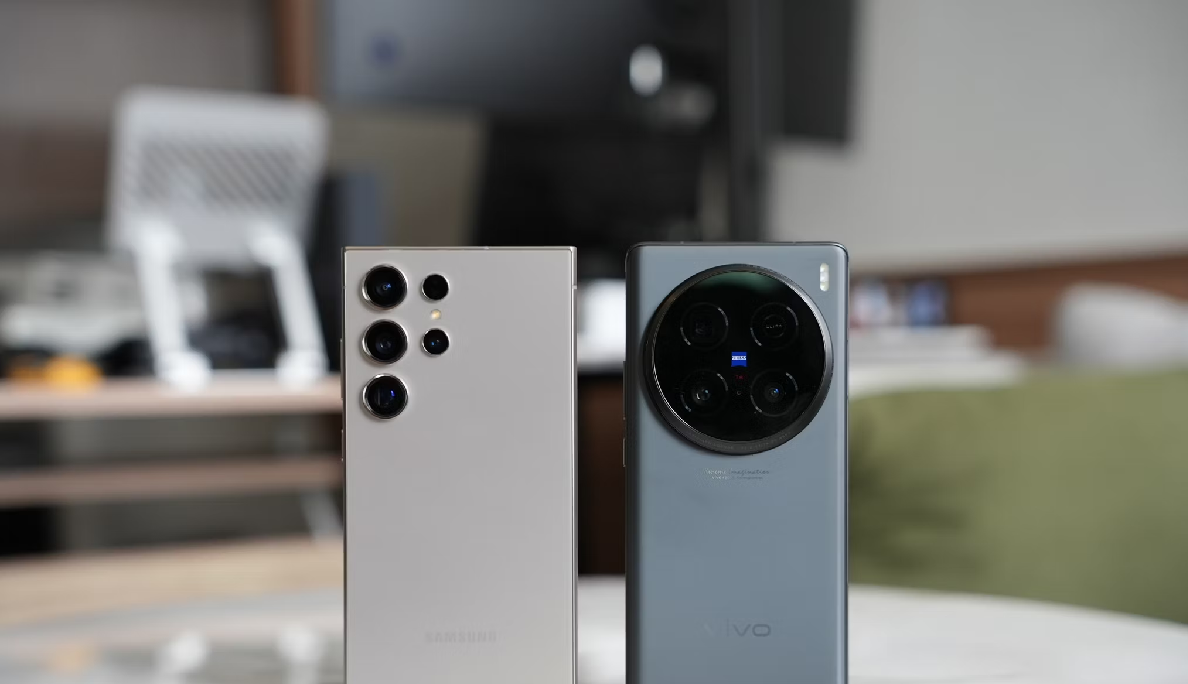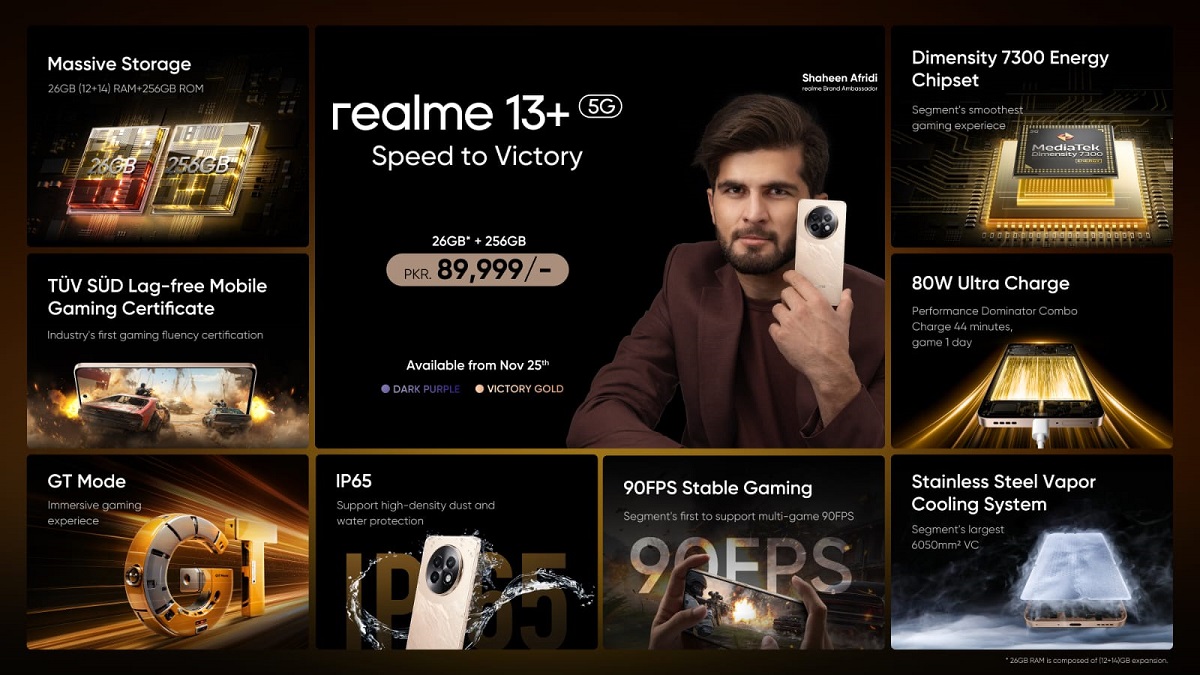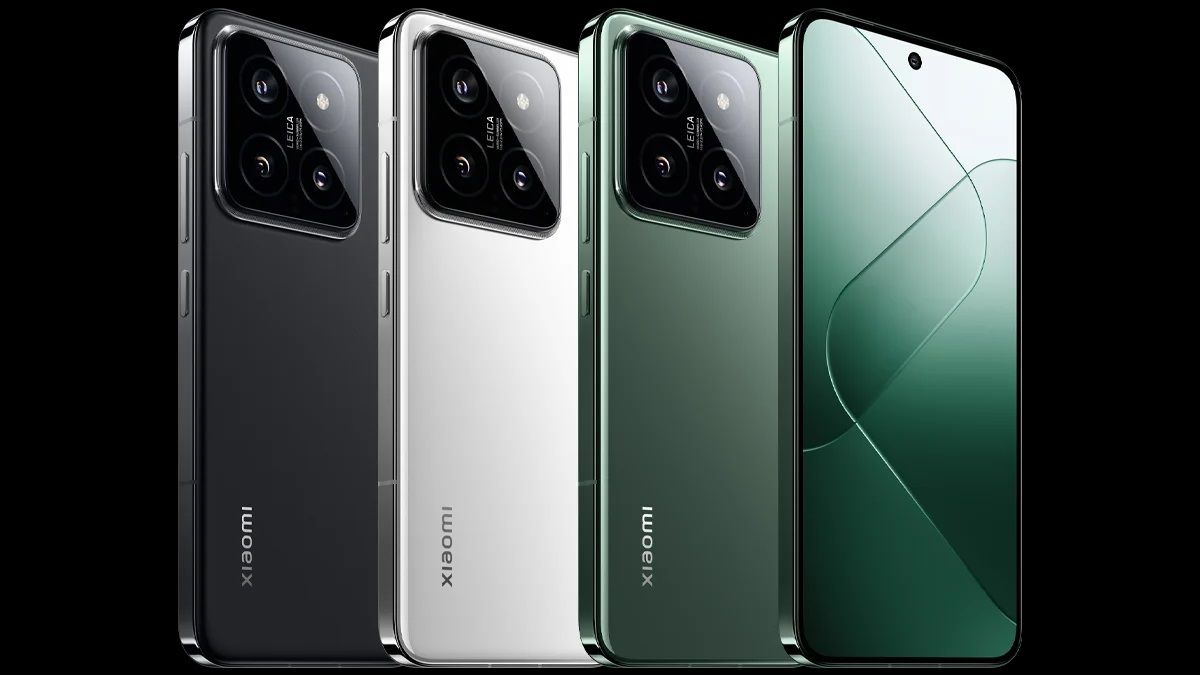The Samsung Galaxy S24 Ultra stands out as one of the top-tier smartphones currently available, boasting an array of features that make it a formidable competitor in the market. However, when it comes specifically to camera performance, Samsung’s flagship is facing increasingly tough competition from Chinese contenders such as Xiaomi and Oppo. The latest challenger to enter the fray is the Vivo X100 Ultra, which may just be the biggest threat yet.

Vivo X100 Ultra vs Samsung Galaxy S24 Ultra: Ultimate Camera Phone Showdown
Ironically, Vivo’s X100 Ultra showcases a standout feature in its new 200MP Periscope zoom lens, developed in collaboration with Samsung. This lens features an impressive 1/1.4-inch image sensor, outclassing Samsung’s own Periscope sensor found in the S24 Ultra, which uses a smaller 1/2.6-inch sensor.
 In terms of camera hardware, the Vivo X100 Ultra boasts a triple-lens rear-facing system with two new sensors previously unseen in Vivo phones. In contrast, Samsung’s S24 Ultra introduces just one new camera, with the rest carried over from its predecessor, including an aging 10MP 3X zoom lens.
In terms of camera hardware, the Vivo X100 Ultra boasts a triple-lens rear-facing system with two new sensors previously unseen in Vivo phones. In contrast, Samsung’s S24 Ultra introduces just one new camera, with the rest carried over from its predecessor, including an aging 10MP 3X zoom lens.
READ MORE: Proposal to Reduce Benefits for Non-Filers Proposed
Daylight Performance: In well-lit conditions, both the Vivo X100 Ultra and Samsung Galaxy S24 Ultra deliver comparable results in exposure and color accuracy. Vivo’s larger sensor often provides a shallower depth of field, enhancing portraits but sometimes resulting in objects out of focus in general scenery shots. Samsung’s images tend to maintain focus across the frame, which can be preferred depending on the scene.
 Low-Light Performance: Moving to low-light scenarios, both phones adapt differently: Vivo captures scenes with minimal processing, resulting in a more natural look, while Samsung employs a 1.5-second night mode for enhanced brightness. On a phone screen, Samsung’s images appear processed and over-sharpened when closely examined, whereas Vivo’s retain a more organic feel.
Low-Light Performance: Moving to low-light scenarios, both phones adapt differently: Vivo captures scenes with minimal processing, resulting in a more natural look, while Samsung employs a 1.5-second night mode for enhanced brightness. On a phone screen, Samsung’s images appear processed and over-sharpened when closely examined, whereas Vivo’s retain a more organic feel.
Zoom Capabilities: Vivo’s standout performance lies in its zoom capabilities. The X100 Ultra’s 85mm (3.7X) lens, developed in collaboration with Samsung, surpasses Samsung’s own 66mm (3X) and 115mm (5X) lenses in terms of sensor size and resolution. The newer Vivo lens consistently produces sharper images with less noise, particularly noticeable at higher magnifications.

Vivo X100 Ultra vs Samsung Galaxy S24 Ultra: Ultimate Camera Phone Showdown
Ultra-Wide and Selfies: Samsung edges ahead in the ultra-wide category, effectively correcting distortion and producing well-lit images with its software enhancements. Selfies, however, are a draw between the two, as both handle HDR and varying lighting conditions admirably.
Conclusion: In conclusion, Vivo X100 Ultra emerges as the winner in the main camera and zoom categories, thanks to its cutting-edge sensor technology and impressive image quality. Samsung retains an edge in ultra-wide photography, while selfies are evenly matched between the two. Despite Vivo’s superiority in camera hardware, its availability is limited to the Chinese market, leaving Samsung’s position as the top choice for Western consumers intact.
Final Thoughts: While Vivo’s X100 Ultra sets a new benchmark in smartphone photography, its restricted availability outside China may limit its global impact. Samsung’s Galaxy S24 Ultra, with its comprehensive feature set and established reputation, remains the preferred choice for consumers in Western markets seeking top-tier camera performance.
In essence, both phones excel in different aspects, showcasing the dynamic and competitive landscape of smartphone photography in today’s market.




